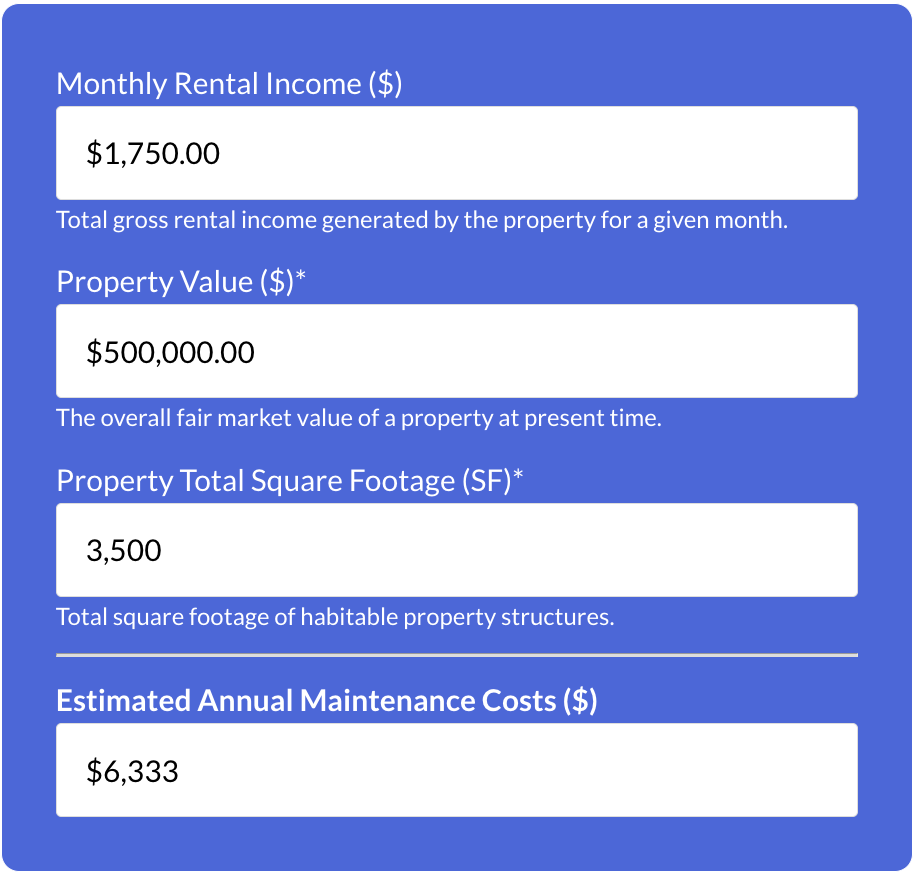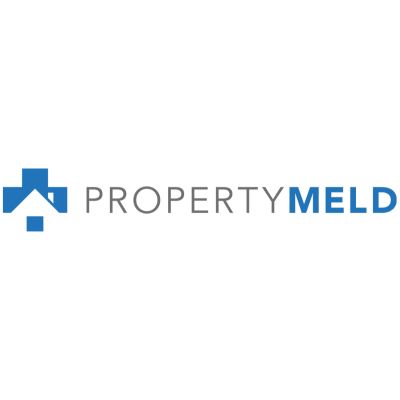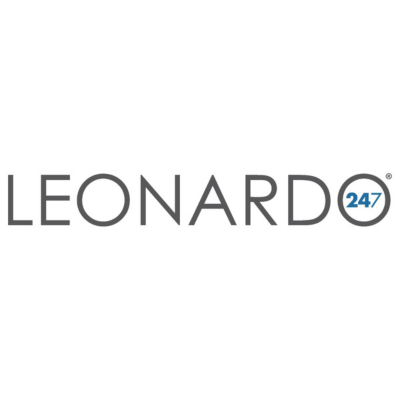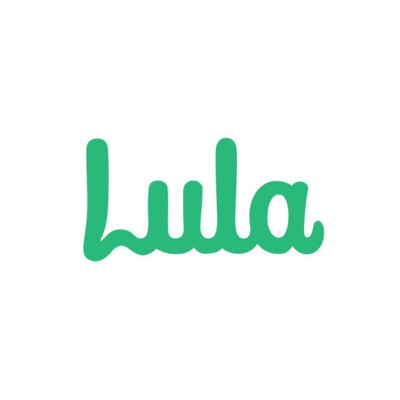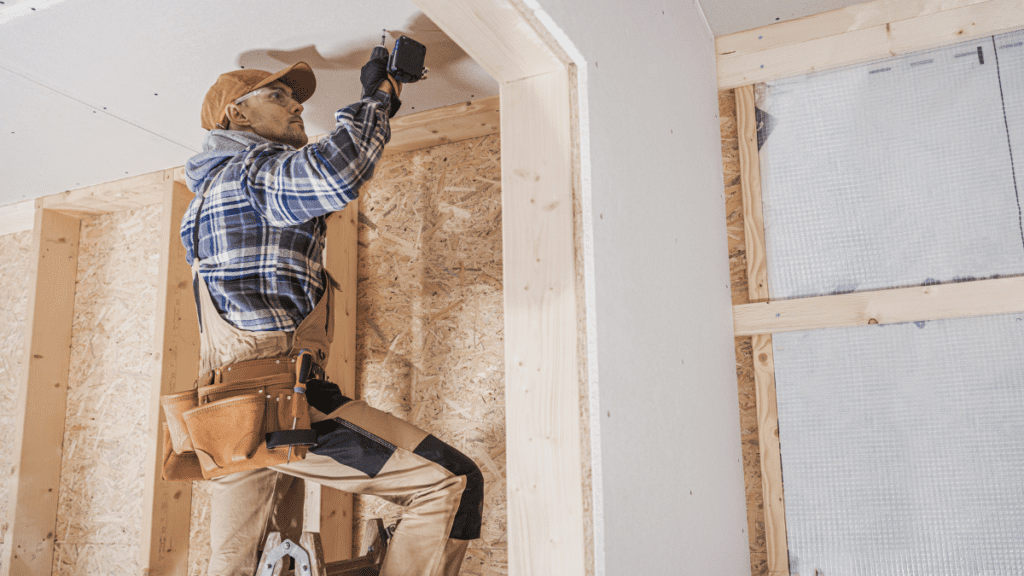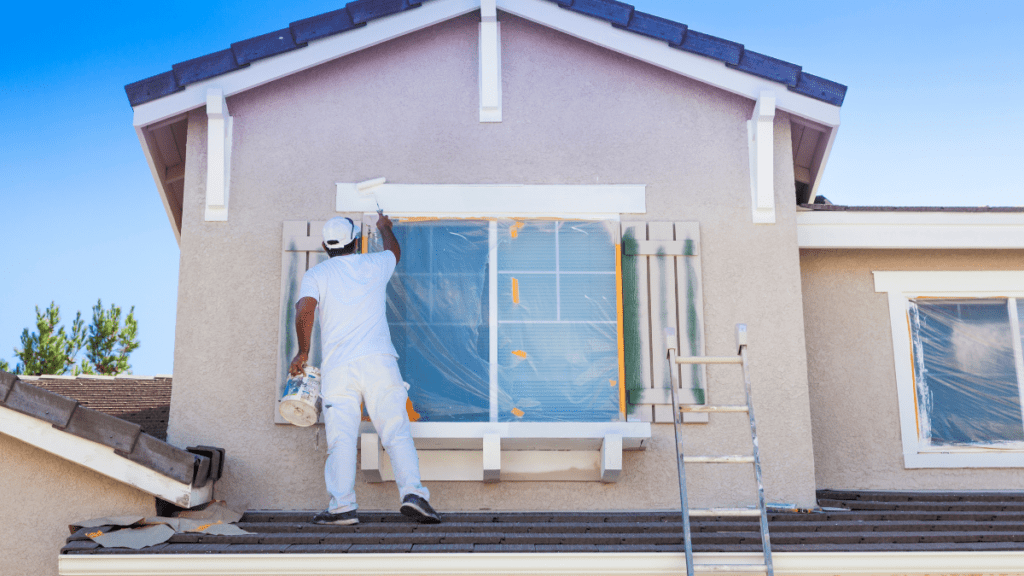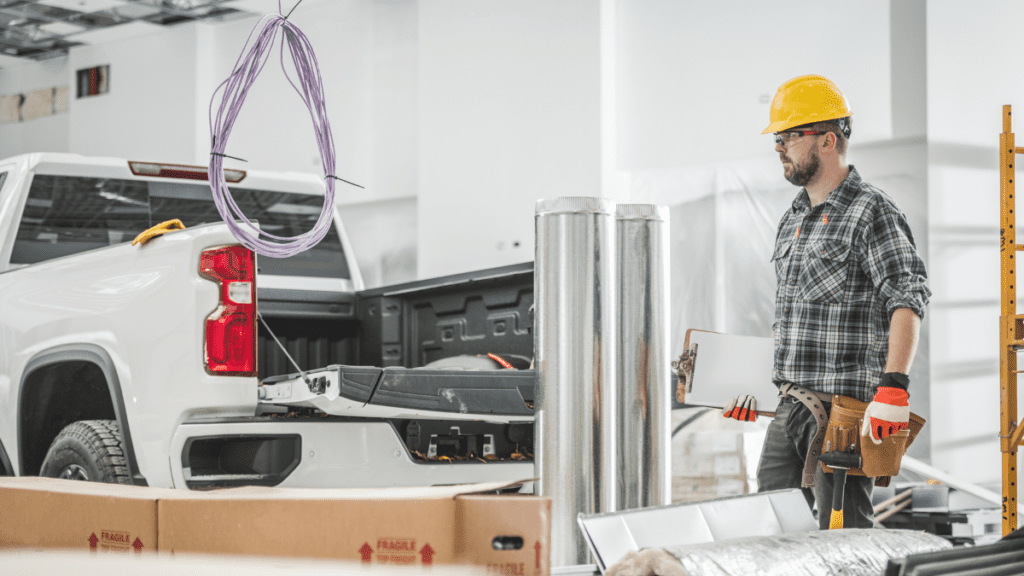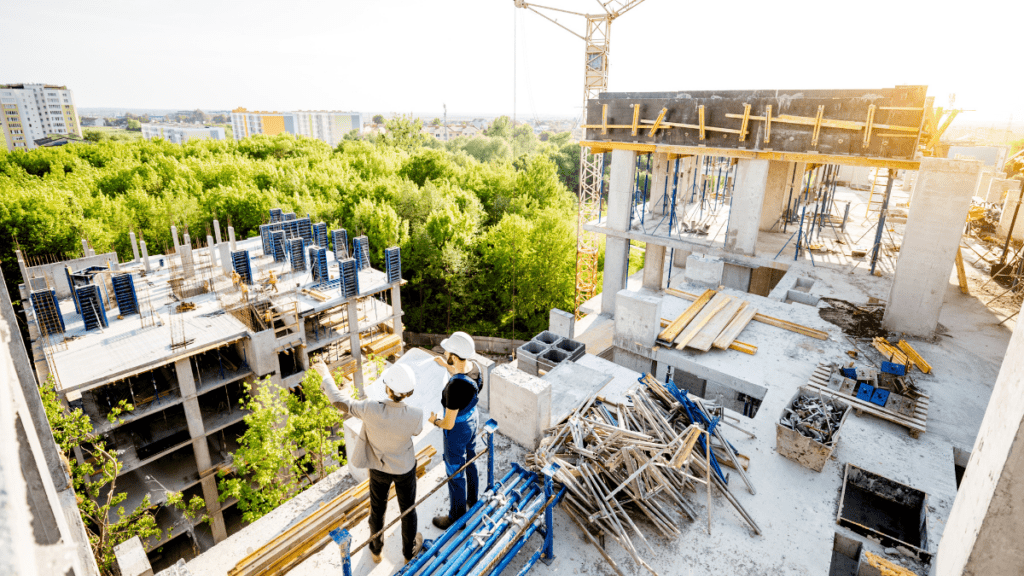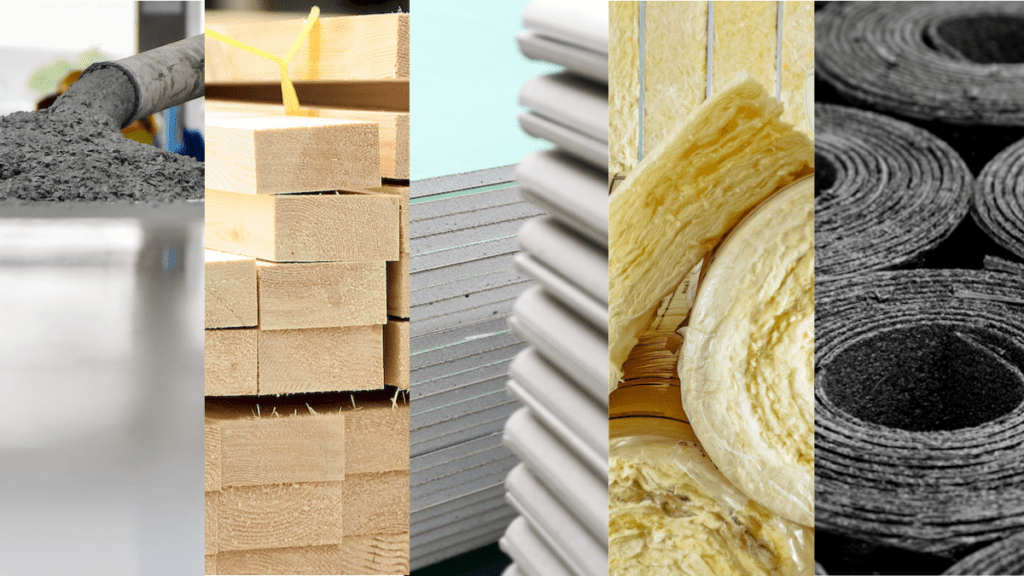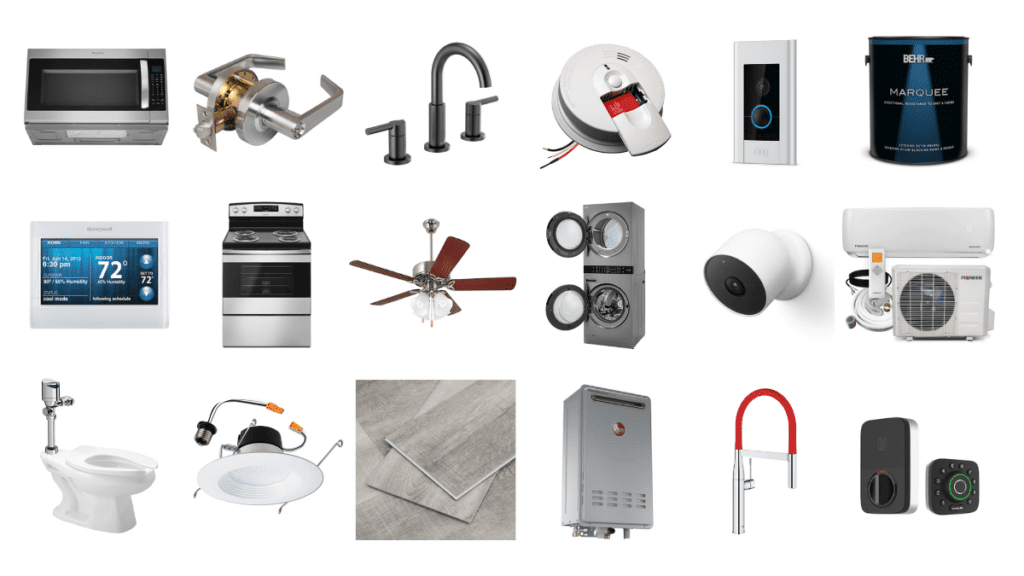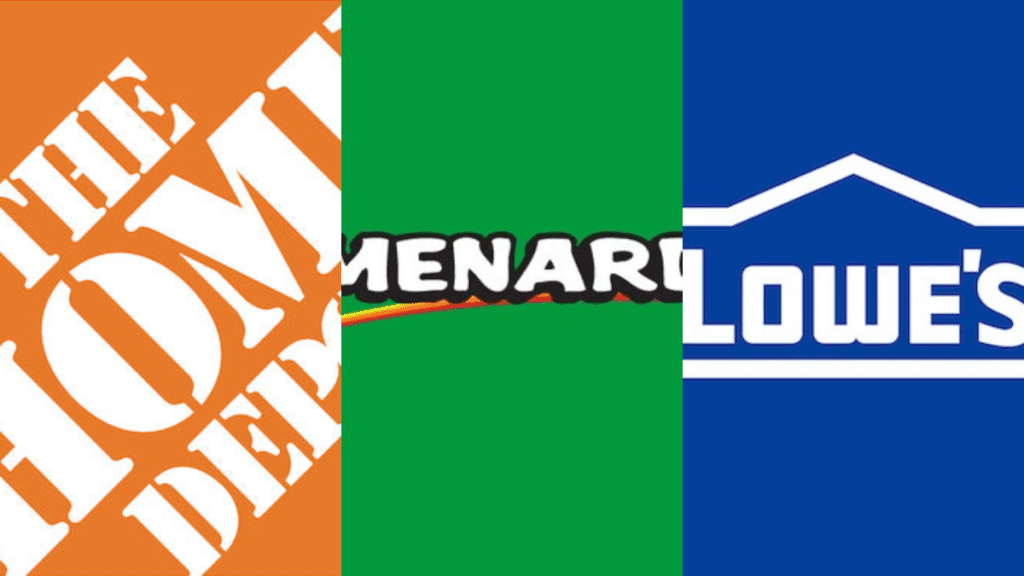Last Updated: April 2024
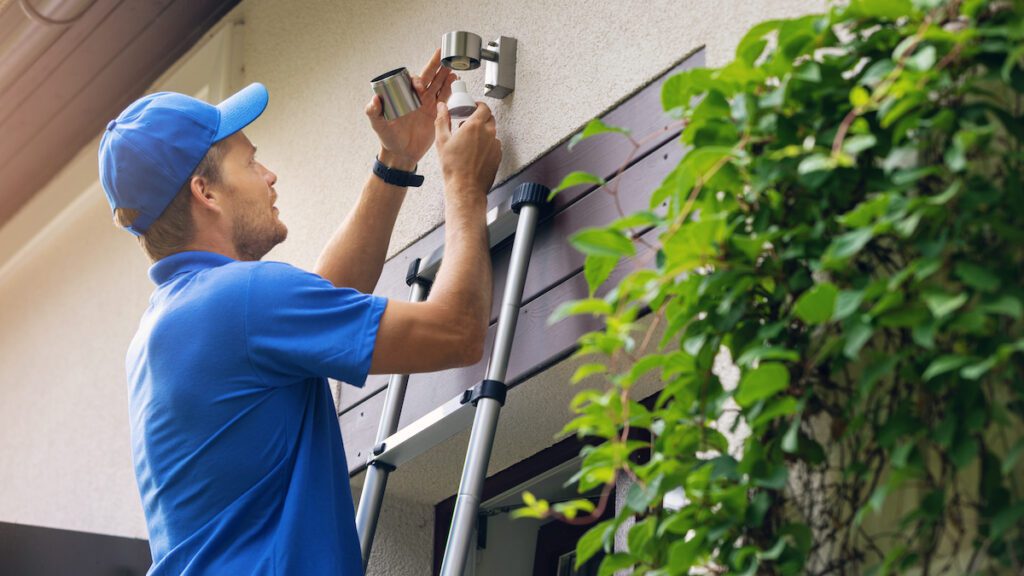
Maintenance is an extremely important component of rental real estate management – both from the perspective of rental property management and preserving property value. Depending on the size of a property, an investor may handle maintenance issues themselves, or a third-party vendor such as a gardener might be contracted for periodic service. Larger properties might have a full time dedicated maintenance technician just for that one property.
Top 12+ Rental Property Maintenance Services
Proper and timely rental property maintenance is the key to keeping quality tenants and justifying top-of-market rents. The overall umbrella of property maintenance is actually made up of many different types of services. These services range in complexity and frequency including as-needed services or routinely scheduled services. Below we explore a few of the most common types of maintenance services for rental properties.
Maintenance Repairs
Performing maintenance repairs can either be done DIY (do it yourself), with a handyman, or via a licensed trade professional. Most types of rental property maintenance can be broken down into interior maintenance or exterior maintenance. Interior maintenance usually includes common repairs such as plumbing, electrical, and HVAC. Exterior repairs (also known as grounds maintenance) usually includes common exterior repairs such as roof-leak patching, painting, door/window repairs, exterior cleaning, and more.
Landscaping Maintenance
Keeping lawn areas and trees properly trimmed not only creates an inviting environment for tenants, but also limits the risk for liabilities such as falling branches, fires, pests, and more. Depending on the complexity of the property’s landscaping, most gardening services can be performed weekly or bi-weekly. Some gardening services can also handle other related maintenance issues including irrigation repairs such as broken sprinkler heads, trash pickup and more.
Pest Control
Regular pest control is a crucial aspect of property maintenance to prevent infestations of pests like insects, rodents, and other unwanted critters. These services typically include inspections and treatments to identify and eradicate any existing pest problems and to prevent future invasions. Effective pest control not only ensures a healthier and more comfortable living environment for tenants but also helps in preserving the structural integrity of the property. Proactive measures, such as sealing entry points and advising tenants on preventive practices, are also a key part of pest control strategies.
Plumbing Repairs & Maintenance
Plumbing maintenance involves addressing leaks, blockages, and the overall functionality of water heaters, pipes, and fixtures. Regular inspections can identify issues like slow drains, low water pressure, or corroded pipes before they escalate into major problems. This service is essential not only for the convenience and health of tenants but also for preventing water damage, which can be expensive to repair. Additionally, efficient plumbing systems contribute to water conservation and can help in reducing utility bills.
Roofing Inspection and Repair
Roofing maintenance includes regular inspections and repairs to prevent leaks, water damage, and deterioration. These checks are crucial, especially after extreme weather conditions, to ensure that shingles, tiles, or other roofing materials are intact and functioning properly. Addressing minor issues promptly can prevent costly repairs in the future and extend the lifespan of the roof. A well-maintained roof also contributes to better insulation and energy efficiency of the property.
Painting and Decorating
Regular painting and decorating are important for maintaining the aesthetic appeal of a property, both internally and externally. Fresh paint not only revitalizes the look of a property but also provides a protective layer against moisture and wear. Interior painting can be essential for covering up stains, marks, or wear and tear, especially between tenancies. On the exterior, painting can help preserve the material underneath and improve curb appeal, making the property more attractive to current and prospective tenants.
Appliance Maintenance and Repair
Appliance maintenance and repair involve servicing and fixing common household appliances like refrigerators, stoves, washers, and dryers. Regular maintenance ensures these appliances run efficiently, reducing the risk of breakdowns and prolonging their lifespan. Prompt repairs when issues arise prevent inconvenience to tenants and potential damage to the property. Efficient appliances also contribute to lower energy consumption, which is beneficial for both the environment and utility expenses.
Trash and Recycling
Usually an issue found in larger properties, proper separation and disposal of trash is something to be regularly monitored and upkept. In larger properties with frequent tenant turnover, old furniture and bulky items can quickly pile up around designated trash areas. Many municipalities are also tightening rules on recycling and even imposing fines on improper trash disposal. In addition to property cleanliness, proper trash controls can also be an important part of preventive maintenance for pest control.
Exterior Property Grounds Inspections
The type of inspection can usually be done by a landlord, property manager, maintenance technician, or anyone else who has sufficient experience to spot potential issues. Exterior property grounds inspections can be a drive-by or property-walk where the goal is see if there are any obvious exterior issues that require attention either now or potentially in the future. Issues that can be found during these inspections include exterior water leaks (e.g. leaking tank water heaters), untrimmed landscaping, broken irrigation systems (e.g. sprinkler heads), graffiti or vandalism, undisposed trash, chipping paint, and much more.
Inspect Interior Units
Depending on the number of units and property size, interior unit inspections can be a quick or timely task. As mentioned above, interior unit inspections should be part of a “routine inspection” plan and performed on a semi-annual basis if possible. Proper advance notice needs to be provided to the tenants for entry, as noted in any lease agreements and/or local or municipal laws. These types of inspections allow property caretakers to discover any ongoing maintenance issues or preventable future issues.
Safety Checks
Safety inspections are vital to ensure that a property is secure and compliant with local safety regulations. This includes checking and maintaining safety equipment like smoke detectors, fire extinguishers, carbon monoxide detectors, and security systems. Regular inspections can identify potential hazards, such as faulty wiring or blocked escape routes, thereby preventing accidents and ensuring tenant safety. Additionally, staying compliant with safety standards is essential for legal reasons and can significantly reduce the risk of liability for property owners.
Pool Maintenance
Pool maintenance in rental properties involves several key tasks to ensure the pool’s safety, hygiene, and functionality. Regular cleaning is crucial to remove debris, such as leaves and dirt, and to prevent algae growth, ensuring the pool remains visually appealing and sanitary. Chemical balancing is another critical aspect, involving the careful adjustment of chlorine and pH levels to maintain water quality and prevent harmful bacteria. Additionally, routine checks and maintenance of pool equipment, including pumps, filters, and heaters, are necessary to ensure efficient operation and to avoid costly repairs due to neglect.
Cleaning Services
Cleaning services, particularly deep cleaning between tenancies or regular cleaning of communal areas, play a vital role in property maintenance. A clean property is more inviting and can significantly impact tenant satisfaction and retention. Regular cleaning helps maintain the condition of the property, reducing the need for more extensive repairs or renovations. It also ensures a hygienic environment, which is crucial for tenant health and well-being.
Emergency Repairs
Providing prompt responses to emergency repairs like burst pipes, power outages, or structural damages is essential in property maintenance. Quick action in such situations can prevent further damage and minimize repair costs. Availability for emergency repairs is a critical service that reassures tenants and upholds their safety and comfort. Efficient handling of emergencies also reflects positively on property management, building trust and reliability with tenants.
Rental Property Maintenance Costs
Aside from a monthly mortgage payment, utility bills, and property management fees, property maintenance repair costs are one of the biggest variable monthly costs for a rental property owner. Improper budgeting for maintenance costs could result in a net-loss for the investment and create unfavorable conditions for tenants. There are several industry standard metrics used to estimate a rental property’s annual maintenance expense, with our property maintenance cost calculator being our personal favorite. The overall goal is to ensure that property owners allocate sufficient capital aside for maintenance and emergency repairs.
1% Rule
Annual maintenance cost will be equal to approximately 1% of the unit cost or overall property value.
50% Rule
Maintenance expenses can be estimated to be equal to half of the gross rental income each month.
Square Foot Rule
Annual maintenance costs will be equal to approximately $1 per square foot.
Calculate Rental Property Maintenance Costs
Try Our Rental Property Maintenance Expense Calculator →
100% Free – No Sign Up Required
Types of Property Maintenance
Not all property maintenance is the same. In fact, a maintenance job can usually be broken down into one of several different types. By categorizing the type of maintenance, property managers and maintenance repairmen can better understand and plan how to address the repair. Below we explore the various types of property maintenance commonly used for addressing rental property repairs:
Routine Maintenance
Routine maintenance refers to repairs and upkeep tasks that are performed at regular intervals such as weekly, bi-weekly, monthly, daily, or annual basis. Common examples of routine maintenance include landscaping, window cleanings, and pressure washing on commercial properties.
Seasonal Maintenance
The nature and frequency of seasonal maintenance will vary depending on the location and type of rental property. Common examples of seasonal maintenance include snow removal, tree pruning in the winter, and gutter cleaning in the fall.
Planned Maintenance
Also called “Regular Maintenance”, planned maintenance is routinely scheduled and performed ahead of time to prevent maintenance issues from arising at a property. Planned maintenance can be minor repairs such as painting or even larger mechanical repairs on HVAC units or mechanical gates.
Corrective Maintenance
Cosmetic maintenance is performed as-needed on non-emergency repairs. Corrective maintenance is low-priority in nature and does not need to be escalated to Emergency Maintenance.
Emergency Maintenance
Emergency maintenance is the highest priority, in which the repair needs to be done as soon as possible and the issue can pose a health or safety risk. Examples of emergency maintenance for rental properties usually include plumbing (e.g. flood or sewer backup), electrical failure (e.g. no power), or mechanical failure (e.g. stuck elevator).
Cosmetic Maintenance
Cosmetic maintenance refers to the repair of aesthetically poor aspects of a rental property that need to be addressed. While they do not pose a risk to the integrity of the property, they are unsightly.
The #1 Rental Property Newsletter
Once a month, we send out an exclusive Rental Property Market Update with top stories, current mortgage rates, building products, and more. No spam and unsubscribe anytime.

Property Maintenance Software
Although more tenants means more profit, it also means more maintenance issues to oversee. In order to easily track and manage maintenance issues on a larger scale, several innovative property maintenance software programs (also called facility maintenance) have emerged as helpful tools for property managers to assign, track and assess maintenance issues. Some property management softwares integrate this feature into their program, but other standalone facility maintenance software programs allow for exclusively streamlining maintenance-related processes.
Commercial Property Maintenance Services
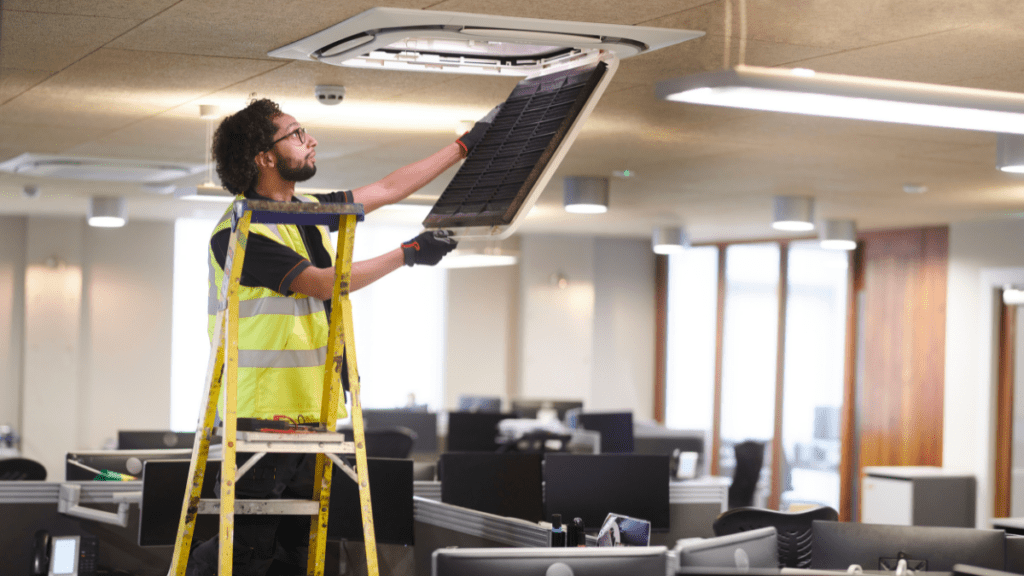
Commercial rental property maintenance is a crucial aspect of managing and preserving the value of commercial real estate. It encompasses a broad range of activities, from regular inspections and repairs to preventative measures that ensure the safety and functionality of the property. Effective maintenance not only enhances the aesthetic appeal and usability of the property but also plays a significant role in tenant satisfaction and retention. Staying proactive in maintenance tasks can help in identifying and addressing potential issues before they escalate, saving time and money in the long run. Additionally, adhering to building codes and regulations through diligent maintenance practices is essential for legal compliance and protecting the property owner’s investment.
Property Maintenance Jobs
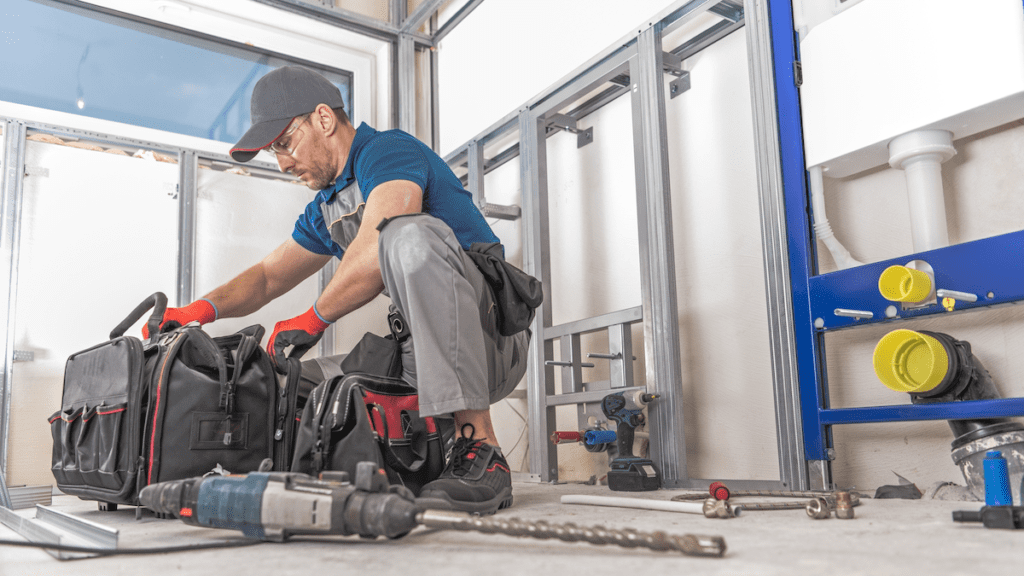
Property Maintenance Technician
Property Maintenance Technicians refer to the trained professionals who either conduct, coordinate, or oversee building and property maintenance jobs, safety checks, and related duties. Trained and certified technicians are also available such as those in specialized trades such as Elevators, HVAC, Fire Protection, and more.
Day Porter
A day porter is someone responsible for keeping properties looking clean, professional and inviting between regularly scheduled cleaning services. Day porters perform routine cleaning tasks usually during business hours to support and maintain a positive presentation of the property. They discreetly do this to ensure everything is taken care of, without interfering with the property’s daily activities.
Search Rental Real Estate
Try searching out site for hundreds of rental property topics ranging from property management, investor tool reviews, investment research, and more.
Rental Property Maintenance FAQ
What is Rental Property Maintenance?
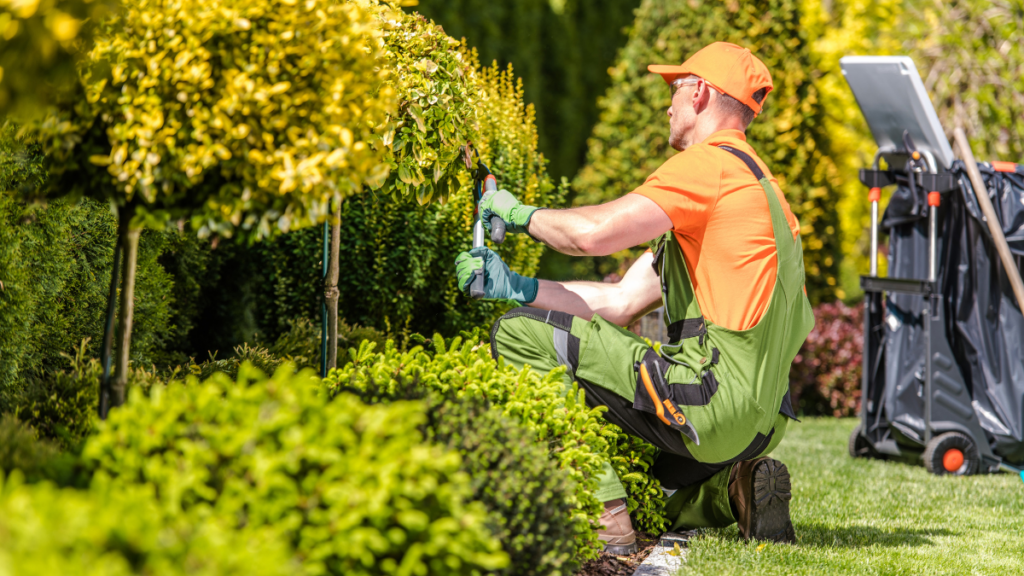
Rental property maintenance is the act performing repairs, safety checks, and general upkeep throughout a rental property. Rental property maintenance keeps a leased property in optimal condition in terms of functionality, aesthetics, and value preservation through a number of proactive and reactive maintenance tasks.
Who is Responsible for Maintenance in a Rental Property?
The maintenance responsibilities for a rental property can differ significantly between property type and terms of the lease agreement. Below we take a look at some of the most common structures for rental property maintenance responsibilities of the two most common property types: residential and commercial.
Residential Property Maintenance Responsibilities
| Maintenance Task | Responsible Party |
|---|---|
| Structural Repairs | Landlord |
| Electrical System Repairs | Landlord |
| Plumbing Repairs | Landlord |
| HVAC System Maintenance | Landlord |
| Appliance Repairs (if provided) | Landlord |
| Pest Control | Landlord |
| Lawn Care and Landscaping | Tenant (Varies by Lease) |
| Minor Interior Repairs (e.g., Holes in Walls) | Tenant |
| Replacing Light Bulbs | Tenant |
| Cleaning and Sanitation | Tenant |
| Smoke Detector Battery Replacement | Tenant |
| Paint (Normal Wear and Tear) | Landlord |
| Window Cleaning | Tenant |
| Gutter Cleaning | Landlord (Varies by Lease) |
| Snow Removal | Tenant (Varies by Lease) |
Commercial Property Maintenance Responsibilities
| Maintenance Task | Responsible Party (Landlord/Tenant) |
|---|---|
| Structural Maintenance | Landlord |
| Roof Repairs | Landlord |
| Major HVAC Repairs and Replacement | Landlord |
| Exterior Painting and Repairs | Landlord |
| Parking Lot and Sidewalk Maintenance | Landlord |
| Fire Safety Systems | Landlord |
| Elevator Maintenance | Landlord |
| Common Area Maintenance | Landlord |
| Interior Customizations | Tenant |
| Interior Maintenance (Specific to Lease Space) | Tenant |
| Utilities (Unless Otherwise Agreed) | Tenant |
| Pest Control (Specific to Lease Space) | Tenant |
| Security System (Specific to Lease Space) | Tenant |
| Waste Disposal | Tenant |
| Insurance (Building vs. Contents) | Landlord/Tenant ( |
More Rental Property Construction Guides
About the Author

Ryan Nelson
I’m an investor, real estate developer, and property manager with hands-on experience in all types of real estate from single family homes up to hundreds of thousands of square feet of commercial real estate. RentalRealEstate is my mission to create the ultimate real estate investor platform for expert resources, reviews and tools. Learn more about my story.
Disclaimer: The information provided on this website does not, and is not intended to, constitute legal and/or financial advice. As such, all information, content, and materials available on this site are for general informational purposes only. Please review our Editorial Standards for more info.

